Moon Dreams
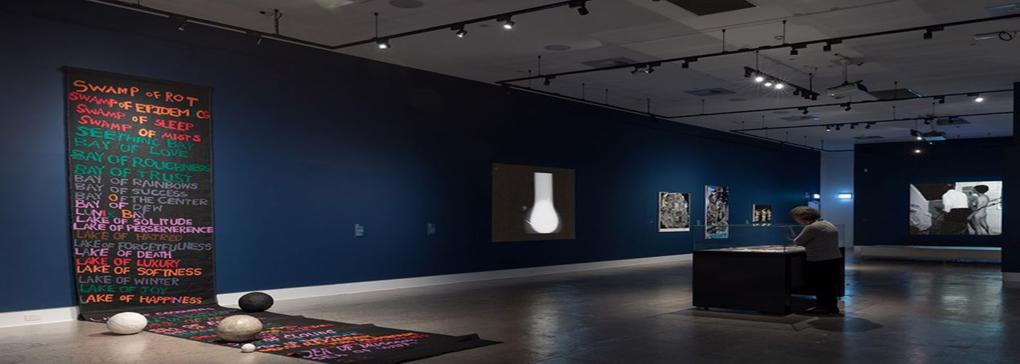
As you learned yesterday, Caroline and I visited the Geelong Gallery,in July 2019, to view their exhibition to mark the 50th anniversary of the first landing by man on the moon.
Many of the images and stories were similar to what we have seen in the media, however we were thrilled to see a map which charted the orbit of Apollo 11, its course cutting right over Australia. (Purple arc on the chart below).
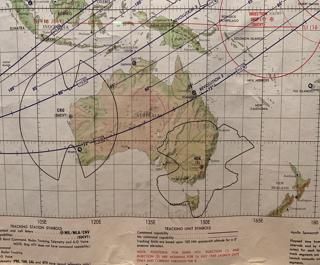
We also loved the wall hanging embroidered with the seas of the moon. And you should be able to spot the Sea of Tranquillity with my little paper boat bobbing along.
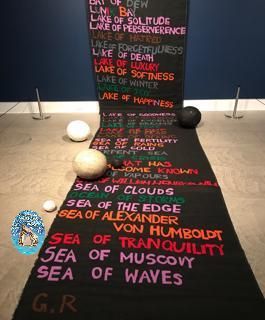
Civilisations around the world have dreamed about the mystery of the moon, and as we have seen in recent blogs, songs have been written and artists have portrayed their moon dreams in paintings and other art forms. Here are some snippets we read about during the exhibition.
It is a most beautiful and delightful site to behold the body of the moon wrote Italian astronomer physicist and engineer Galileo Galileo in 1610 soon after he built one of the first telescopes that enabled the moon to be viewed in closer detail than had previously been possible. Whether viewed with the naked eye or through a telescope the beauty of the moon has inspired artists for centuries.
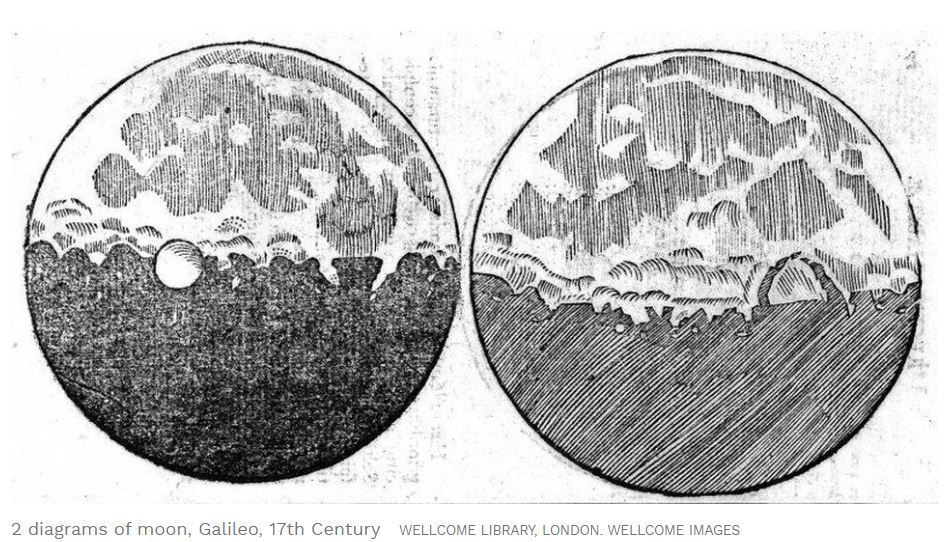
Imagining what it would be like to travel to the moon and what the moon surface, or its population might be like, was a concept that gathered great momentum in the 19th century particularly through the increasingly popular genre of science fiction – some of which we saw in Anne’s blog a few days ago.
The moon has also been closely linked with a wide range of religious and spiritual belief systems subject to a number of hoaxes and conspiracy theories.
If you say the words Moon Hoax these days almost everyone you know thinks about the people who don’t believe the Apollo astronauts ever went to the Moon. But back in 1835 thousands of people fell for the original Moon Hoax.
The Great Moon Hoax is considered to be the first example of a deliberate fabrication of news when in August 1835 the New York paper The Sun published a series of six front page articles by journalist Richard Adams Locke about the supposed discovery of life on the moon.
Fantastic creatures such as unicorns and humanoids were reported to live against the moons, trees, oceans, beaches and temples.(credit DavidReneke)
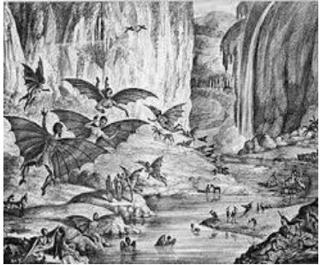
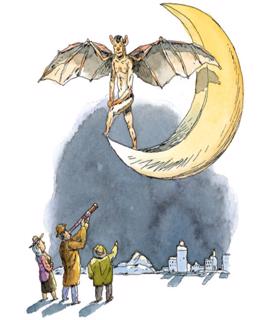
These discoveries were legitimised through their false attribution to the well-known astronomer Sir John Hershall who was reported to have viewed the lunar civilisation through an immense telescope. Fake news was making headlines way back then!
There is plenty of evidence now dismissing the conspiracy theories regarding the moon mission in 1969 when Neil Armstrong, Buzz Aldrin and Michael Collins landed on the moon. The 21kgs of rock samples returned to earth and debris left behind (human waste, parts of the landing craft etc) should be evidence enough especially as some of the debris was photographed on later missions.
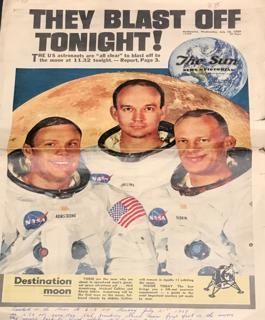
It is doubtful that any life exists on the moon, however the quest to travel there and discover the many mysteries of the moon will continue to enthral us as we gaze as its beauty in the sky and create our own moon dreams.
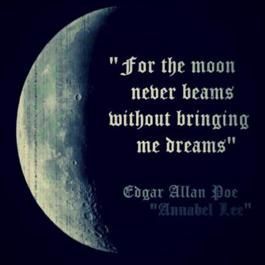
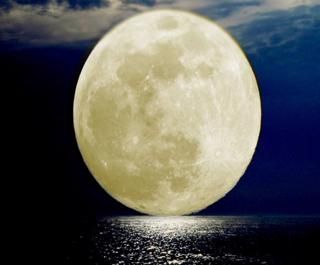
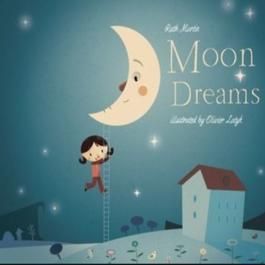
Credits: Unless otherwise stated text and images taken from The Moon Exhibtion at Geelong Gallery.
